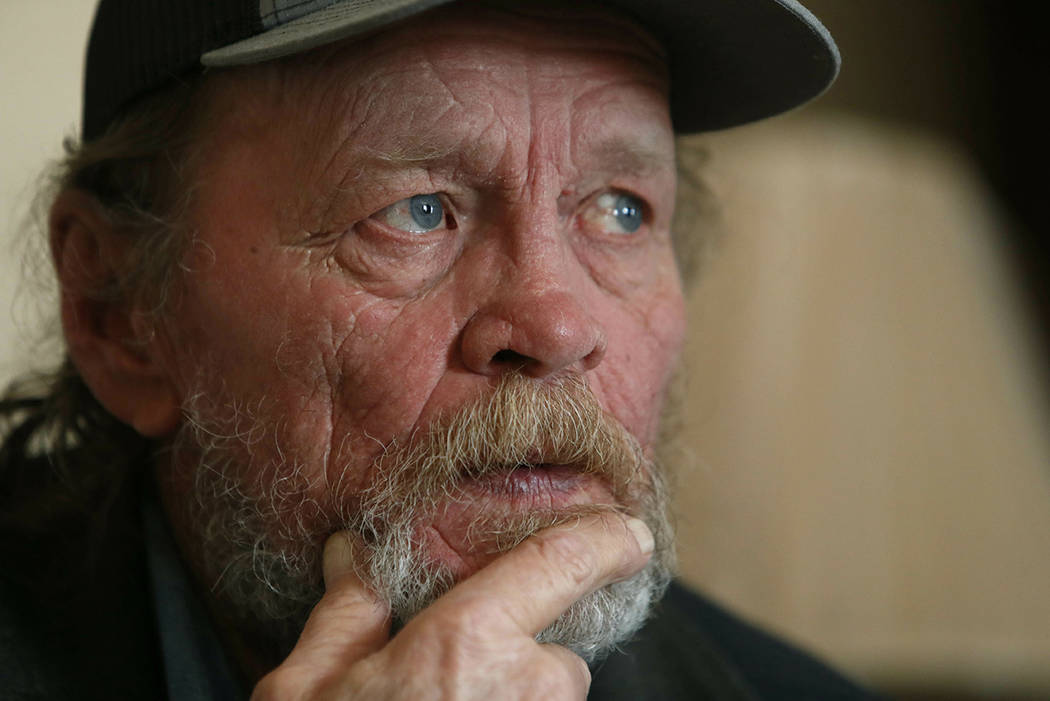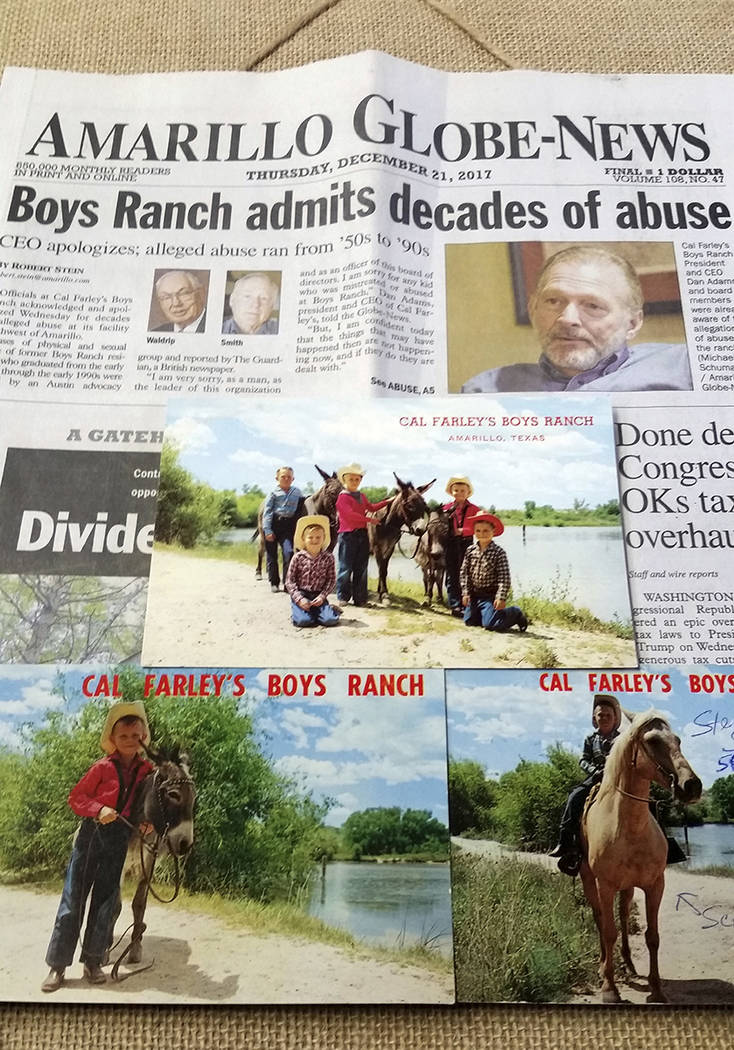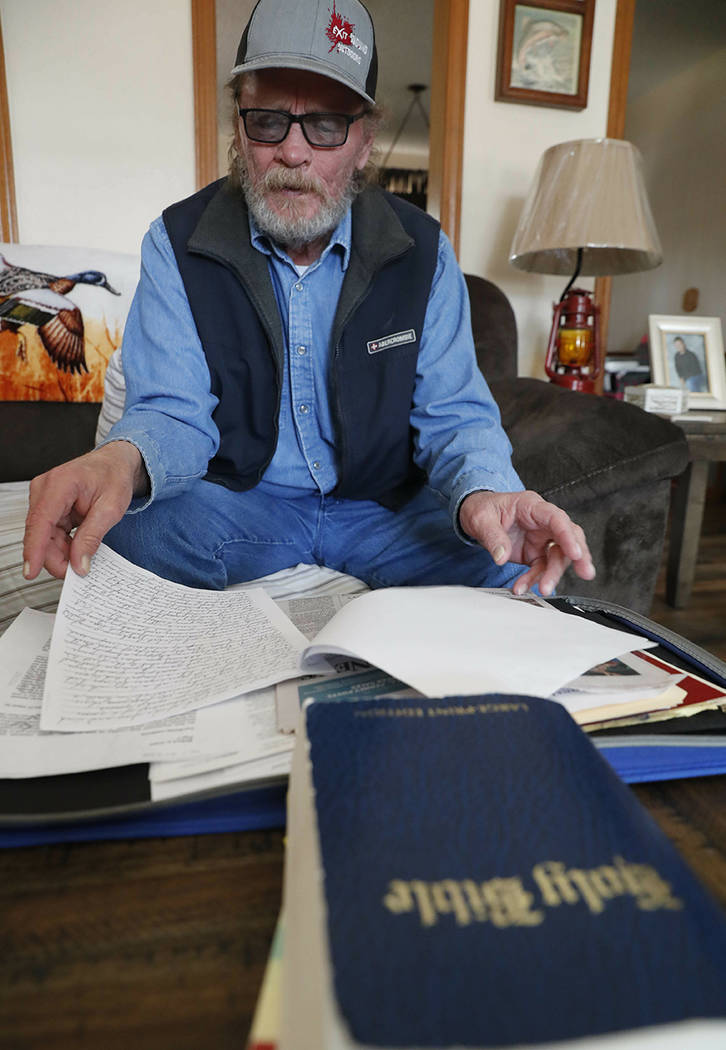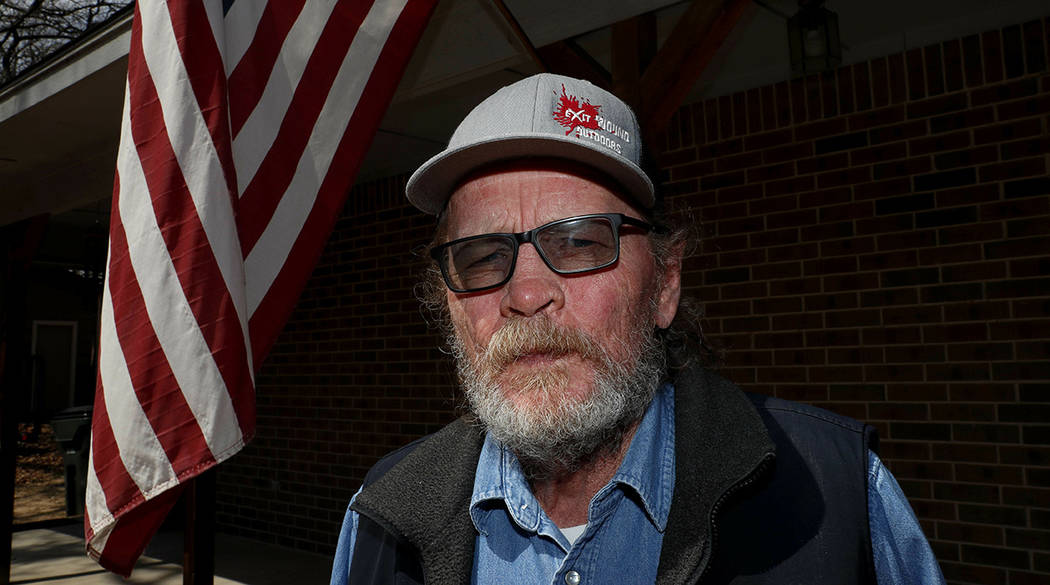Texas boys ranch, once described as ‘horror house,’ moves forward
DALLAS — When Allan Votaw stepped onto Cal Farley’s Boys Ranch in Texas in 1957, the 5-year-old hoped he and his two brothers — ages 3½ and 6 — had found a home. Instead, the now-66-year-old says, they found a “horror house” where sadistic staff members whipped children until they were bruised and bloody and children were molested by older kids.
“You lived in fear, you totally lived in fear,” said Votaw, who said he still has nightmares from his 10 years on the sprawling ranch for at-risk youths outside of Amarillo.
He railed against the ranch for years, feeling alone in his fight until reading a 2017 story in the British newspaper The Guardian that featured a handful of men — including childhood friends — describing abuse they suffered there as children.
Since then more men have come forward, but the reckoning some had hoped for hasn’t happened. Despite the revelations, the ranch continues to glorify its past, from the description on its website of founder Cal Farley’s desire to provide a haven for children to celebrations of the ranch’s 80th anniversary this year that have included a gala and inspirational film depicting life there.
Ranch President and CEO Dan Adams said while he believes the men, he’s focused on current residents — and the future. He said the ranch will pay for former residents’ counseling, adding they responded last month to those not comfortable contacting the ranch by arranging for a third party to set it up. But, he said, he doesn’t want the men’s stories incorporated into the ranch’s account of its history, and noted it’s not part of a book the Christian ranch produced for the anniversary.
“I’ll acknowledge these guys, but I’m not a promoter of their agenda,” said Adams, who came to the ranch in 1996.
Adams also said he hadn’t considered using an outside party to investigate the allegations and produce a public report, something legal experts say can give validation to those speaking out.
The amount of time that has passed makes legal recourse — criminal or civil — unlikely due to statutes of limitations.
Men who lived there from the 1950s through the 1980s paint a picture of a place steeped in violence. They say whippings with belts were frequent and brutal, with grown men sometimes making a running start and using belts so long they circled boys’ bodies, also hitting them in the groin. Whippings came for everything from forgetting a Bible verse to getting a bad grade, they said. Also, some men say they were molested or raped by older boys.
“They didn’t care about us then and they don’t care about us now,” said 69-year-old Steve Smith, who was 8 when he and his 5-year-old brother arrived at the ranch in 1957.
Smith along with Janet Heimlich, founder of an Austin-based nonprofit called The Child-Friendly Faith Project , have become leaders of a burgeoning group of men who are talking about their experiences. Heimlich says about 100 men have come forward, some of them sharing stories on a Facebook group. The men say the ranch has left a legacy of men struggling to deal with trauma that in some has led to homelessness, drug addiction, suicide and prison.
“It’s stayed with me my whole life. And I’ve always had these — I guess you’d call flashbacks — of the screams and punishment,” said Smith, who lives in Amarillo. “They never left me. I’ve had them in me all my life and I know most of the other guys have too. It’s just too much to take when you’re that young and too much to see.”
Mental health experts say the abuse described by the men can have lifelong effects, not only by causing conditions including post-traumatic stress disorder, depression and anxiety but also increasing the risk of suicide, health problems including diabetes and cancer, and risky behaviors including alcohol and drug abuse.
“What we know is that the more of these adverse childhood experiences you have, it changes our body, it changes the way our brains work,” said Robin Gurwitch, a psychologist at Duke University Medical Center in Durham, North Carolina.
Over the decades, children ended up at the ranch for a variety of reasons. Some were sent there by law enforcement, some were rebellious teens sent by their parents. Some, like the Smith and Votaw brothers, were sent by mothers struggling to support them after their fathers left.
Votaw’s brothers have both died — the younger one, Gregg, from a heroin overdose in 2009 at age 55. The older one, Rusty, died by suicide in 2014 at age 63; Votaw says his older brother had pancreatic cancer at the time.
“Our mentality was so disrupted that we made decisions that normal people wouldn’t,” said Votaw, who lives in Oklahoma and said the ranch left him quick to fight.
Robert Cream, 44, said he has come to realize how “broken” his experience at the ranch in the 1980s left him.
“I’m always looking behind me because I never know who is going to come up and hit me next,” he said.


























